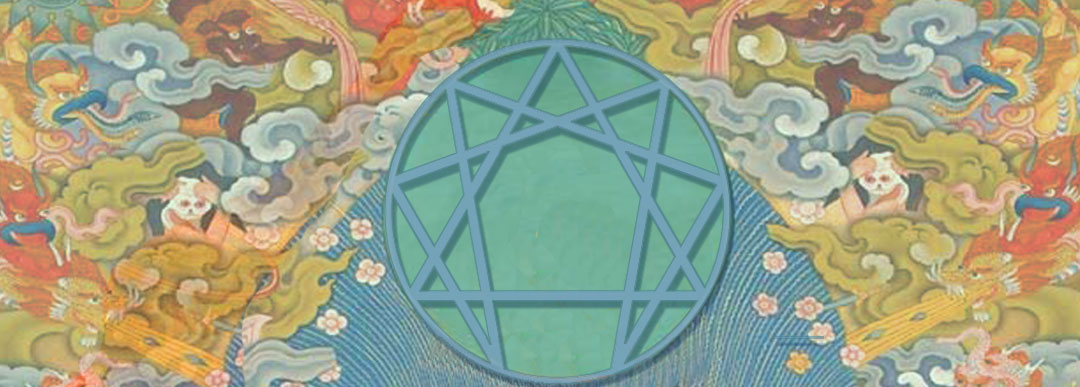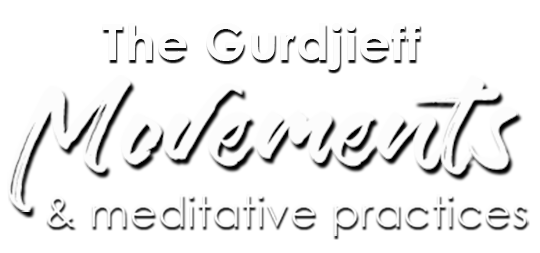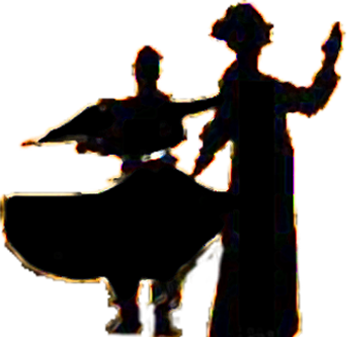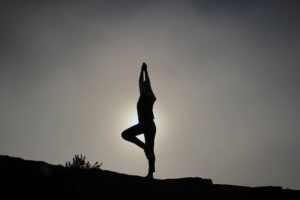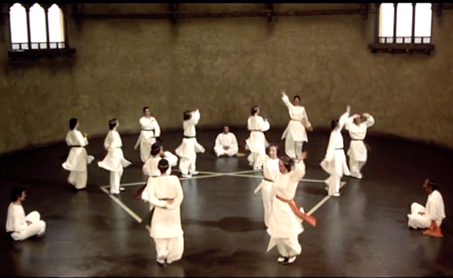
Gurdjieff Movements are choreographed on the structure of the Enneagram
Haida Yoga – The Yoga of Poly-rhythmic Movement
Movements, yogic exercise and dance, have always been an expression of a higher form of intelligence, a higher form of language. Sacred and Ritual dances can be observed in all the traditions throughout the history of man. It serves as a vehicle for humans to become unified and experience a higher form of self, that one cannot achieve alone.
During the early 1900’s, Gurdjieff, “Teacher of Temple Dancing”, traveled through the Middle East, Far East, Tibet, Central Asia, Europe and Africa for almost a
quarter of a century in search of the secrets of the temple dances and the methods of training and expression taught by the traditional schools. His body of work constitutes 100’s of dances known as “Movements”. Each Movement is composed as in a musical piece, with an exact mathematical progression, which produces an exact corresponding mood, making the dance non-haphazard. Each piece can be read as a page in an ancient text from another time.
Movements have been an important aspect of Gurdjieff’s teaching, used as a vehicle for practical work. It is a way to experience participation in something greater than oneself, requiring us to work individually, and with others, so together we may serve something higher.
“Like relaxation, these movements work on all levels. The first stage is to achieve body-consciousness. Movements that are made automatically and unconsciously may be skilful and even graceful, but they have no potential for transformation. Gurdjieff and others have described the long slow process by which temple dancers of Central Asia acquire absolute rhythmic precision of gesture and movement, by becoming conscious of the subtle harmony of the basic postures from which ritual movements are built up.”
(Excerpt from J.G. Bennett: Transformation pg.147)
The Gurdjieff movements are a practical expression of the greater Gurdjieffian Work. The term “The Work” is related to the body of contemplative ideas and meditative practices that explore the possibility of Awakening or Enlightenment in one’s own direct experience.
The Gurdjieff movements could also be classed as poly-rhythmic yoga exercises. By developing a regular practice, or “sadhana” of the Gurdjieff Poly-Rhythmic Movement Exercises, we cultivate a process of awakening that is sustained in the long term by a regular connection to practice. Much in the same way that people practise traditional yoga.
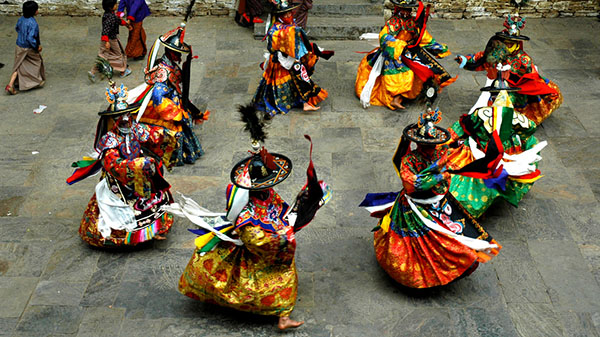
Gurdjieff drew inspiration from diverse cultural influences.
Gurdjieff also named his method “Haida Yoga”. The term was first coined by Gurdjieff in the book “Views from the Real World” pages 203-4.
“The Fourth Way is the way of “Haida-yoga”. It resembles the way of the yogi, but at the same time it has something different.”
What exactly is that ” something different”? The fourth way has many refinements in the quality and clarity of it’s spiritual instruction. Firstly, it comes from a practical working knowledge of all the existing traditional paths of spirituality, and contains unifying elements that cannot be found elsewhere. But the key point is that it is based on the principle of The Search, and not on fixed beliefs. What can one possibly learn if we don’t search? Instead we enquire, we assess impartially for truth. And what are we searching for anyway? Whether we know it or not, we are usually all searching for ways to be happier and to avoid suffering.
But before one can understand the Fourth Way, it would be helpful to comprehend something of the other ways. To assist us in understanding the nature of the present Method, it will be well to remember what it is not.
In general, there exist three Ways or Paths for the development and perfection of human beings, which correspond to the 3 basic functional types: Body types, Head types and Heart types.
First here is the Way of the Body, of Centre #1 ( Fakir ).
It consists of asceticism and mastery of the physical body; this develops the Will

Devotional Heart
Then there is the Way of the Devotional Heart , of Centre #2 (Saint ). It consists of developing high levels of ethical and moral integrity, and is found commonly in the monotheistic religions and as Bhakti in Hinduism. It requires faith and cultivation of devotional feelings; here the Higher Emotions are the goal.

Awakened Mind
And then there is the Way of the Awakened Mind, of Centre #3 (Yogi). It is found mainly in the traditions of the Upanishads, Raja Yoga, Theravadin Buddhism, and Tibetan Buddhism. Through the cultivation of the mind and understanding, it leads finally to a high degree of Reason, Intelligence and an Awakened Consciousness..
All of them, however, possess a bias in common, in that one faculty or ability is developed at the expense of the others. Thus when Will is attained, the Emotions are weak and the Intellect feeble; when the Emotions are great, the Will is undeveloped and the Mind mundane; and when Reason has been established, both Will and Emotion are lacking in the person. To be fair, once one understands the Fourth Way approach, one can see it exists in all the traditional paths, but people don’t come to it from within those paths alone. Accordingly, the attainment of the primary goal in all these cases leaves the person with more work yet to accomplish, above what one has already mastered. The Fourth Way then unites the 3 Ways and recommends a complete path of development within the conditions of one’s current modern life. Those who have faired best historically in the fourth way, were those men and women who were fluent in all the traditions, as each have valuable insights to offer. But since all faculties are worked on together, the fourth way is quicker than the others, but correspondingly harder. On this Way all the chief functions are developed simultaneously, not to any final degree, but harmoniously and in balance with each other. Thus it constitutes a different Path, on which Will does not precede Reason nor Reason precede Emotion and the ultimate goal is the concomitant attainment of Individuality, Consciousness and Will, that are free of egoism.
We wish to keep the practices alive and current. Even though they were developed by today’s standards, a long time ago, 1924-49, they are still relevant. The human body itself hasn’t changed much. If anything there is even more need for these exercises, because of our general lack of ability to co-ordinate the right brain-left brain functions of one’s organism, united with one’s attention. This ability has deteriorated in modern times through our sedentary lifestyles.
Thus the need for an exercise system that cultivates divided attention, or a pliable attention, is eternally relevant.
So in that sense, the Gurdjieff movement exercises, because of their poly-rhythmic nature are an incredibly valuable and continuously profitable investment of one’s energy, time and attention. Even more so in today’s current hectic modern environment.
Gurdjieff’s Movements are choreographed on the structure of the Enneagram.
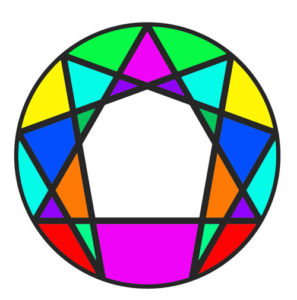
Enneagram
What is the Enneagram? The Enneagram has become famous in the western world with it’s mapping of the personality structure. But before that development, the Enneagram was THE Symbol, denoting the work of Mr George Gurdjieff, an original pioneer of the Awareness Movement. In summary, according to Gurdjieff: “The enneagram is a symbol of cosmic wholeness”. It is a mathematical map that unifies the laws of vibration. Just like in music, sound vibrates and conforms to laws of harmony, rhythm and melody. If we disobey these laws we get a painful cacophony. The same is true with light and colour, and the composition of paintings and images.
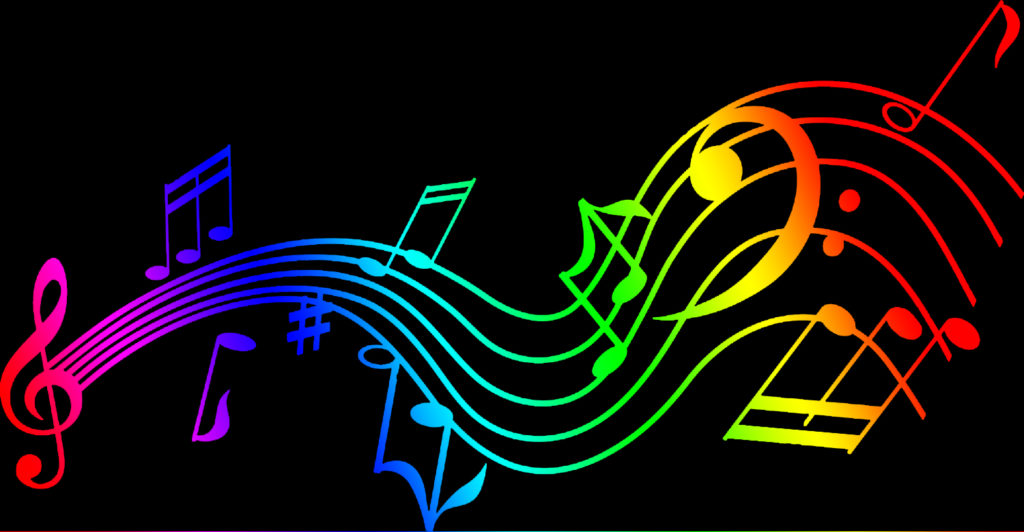
We don’t normally think about such things, but the fact that vibrations conform to such laws is extraordinary. And if you do think about it, why should such laws be restricted to sound and light? Even matter vibrates according to such laws, with the periodic table of elements corresponding to an octave structure with harmonics!
So we study the Enneagram by learning to move according to it’s laws. These laws are the same as the laws of vibration that structure music. And we know intuitively when our playing is incorrect and discordant. In the same way, when we practise the Movements, obeying the objective laws of vibration and music, embodied in the enneagram, we spontaneously and intuitively discover the way to move harmoniously. It is a self-teaching enquiry. By observing the difficulties we encounter, which, by the way, have always been with us but go unnoticed, we can discover and correct hidden tensions in our being. Then the dynamic flowing intelligence of life is accessed directly.
As the Tibetans would say: It is like “Trekcho”, or “the direct cutting through of illusion”.
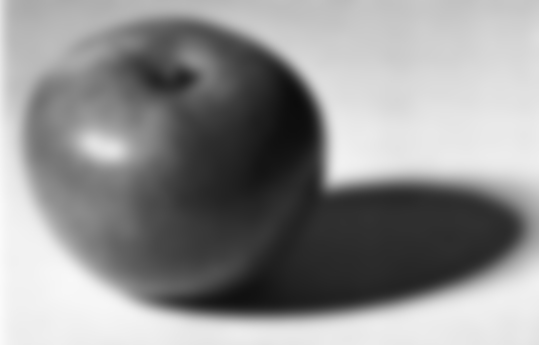
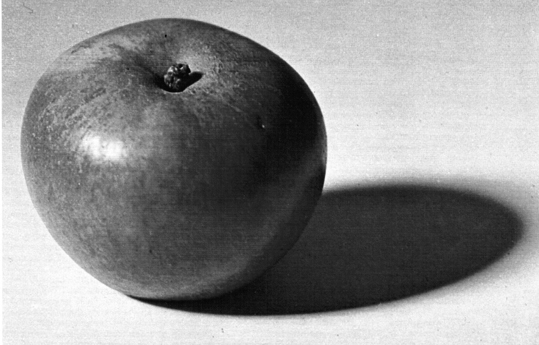
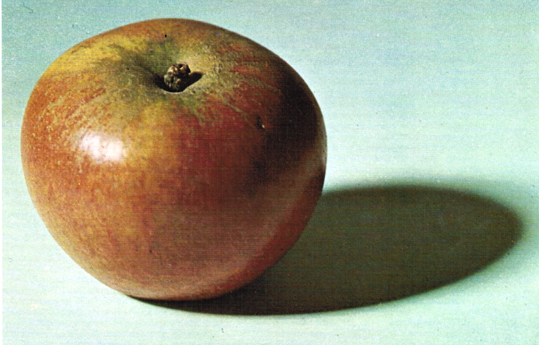
The object ( the Apple ) is the same, but the state of the viewer can vary. Here the increase in quality of the image is to reflect the increasing quality of the state of awareness of the viewer.
Thereby, in Movements one has a taste of how life can be lived differently. It’s more like actually tasting the “apple” rather than studying the verbal description of the taste of an apple. Once we have a refreshed taste, we go back and study, and put it into context of the theoretical Big Picture. This then feeds back into our practice.
In order to keep the inspiration and energy flowing, we are providing classes in our local area.
(Copyright by Carlo J. Cernicchi 2018).
